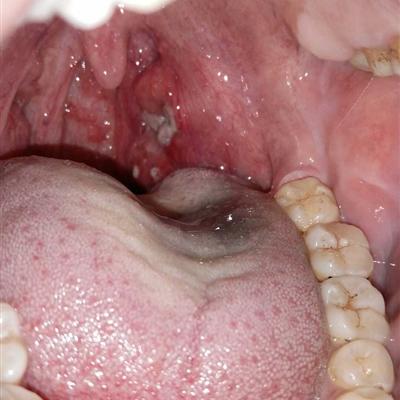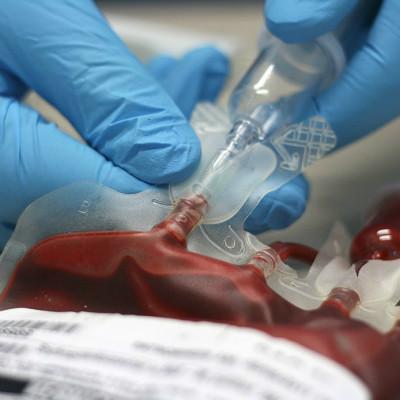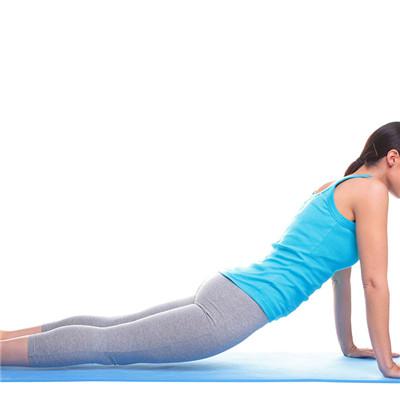Symptoms of periostitis
summary
Periostitis is due to periosteum and periosteal vascular dilation, congestion, edema or subperiosteal hemorrhage, hematoma organization, periosteal proliferation and inflammatory changes caused by stress periosteal injury or septic bacterial invasion caused by infectious periosteal injury. Symptoms of periostitis? Let's talk about it
Symptoms of periostitis
The systemic symptoms of non infective periostitis were mild. Only in acute hematogenous osteomyelitis, systemic symptoms are severe. The symptoms of forebody include general tiredness, followed by general soreness, loss of appetite, chills, shivering in severe cases, and most of them have flaccid fever, which can reach 39 ℃ - 41 ℃. They are restless, weak pulse, delirium, coma and other septic phenomena, and meningeal irritation can also appear. This patient often has anemia, dehydration and acidosis.
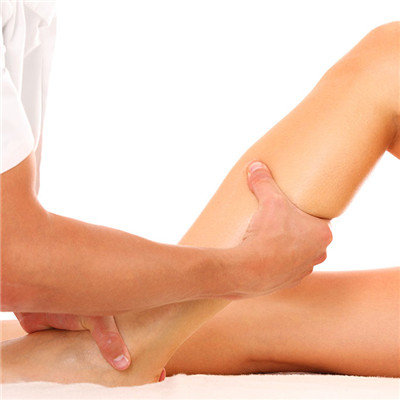
Periostitis is characterized by local pain, local hyperemia and edema, and dyskinesia. In the early stage of hematogenous osteomyelitis, there were local severe pain and jumping pain, muscle protective spasm, and the limbs did not dare to move. The swelling and tenderness of the affected part were obvious. If the lesion is close to the joint, the joint may also swell, but the tenderness is not significant. When the abscess penetrates the bone and periosteum to the subcutaneous, it will fluctuate. After the abscess penetrates the skin, it will form a sinus, which will not heal for a long time.
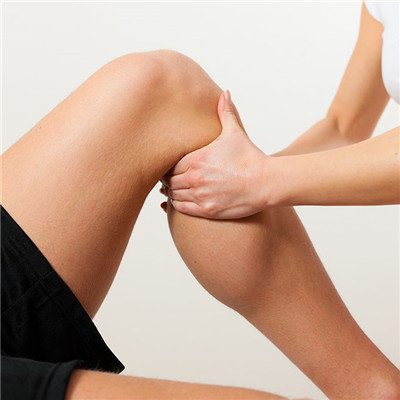
The common cause of tibial periostitis is the inflammatory reaction of the periosteum of the tibia, and the muscle on the tibia receives too much traction. Inflammation of the tendon attached to the surface of the tibia; Leg pain; Sometimes swelling; The tibia was impacted; When flexing the toes and ankles, there is pain in the lower leg and tibia.
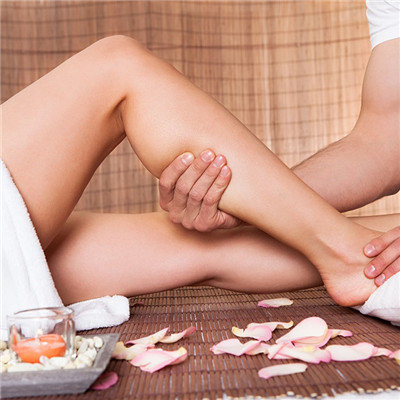
matters needing attention
1. We should abide by the principle of step by step when carrying out all kinds of physical exercises. 2. Make preparations before exercise to enhance the adaptability of legs. Don't increase the amount of exercise suddenly, and don't do intensity training directly without preparation. 3. Try to avoid exercising in hard and uneven areas.





